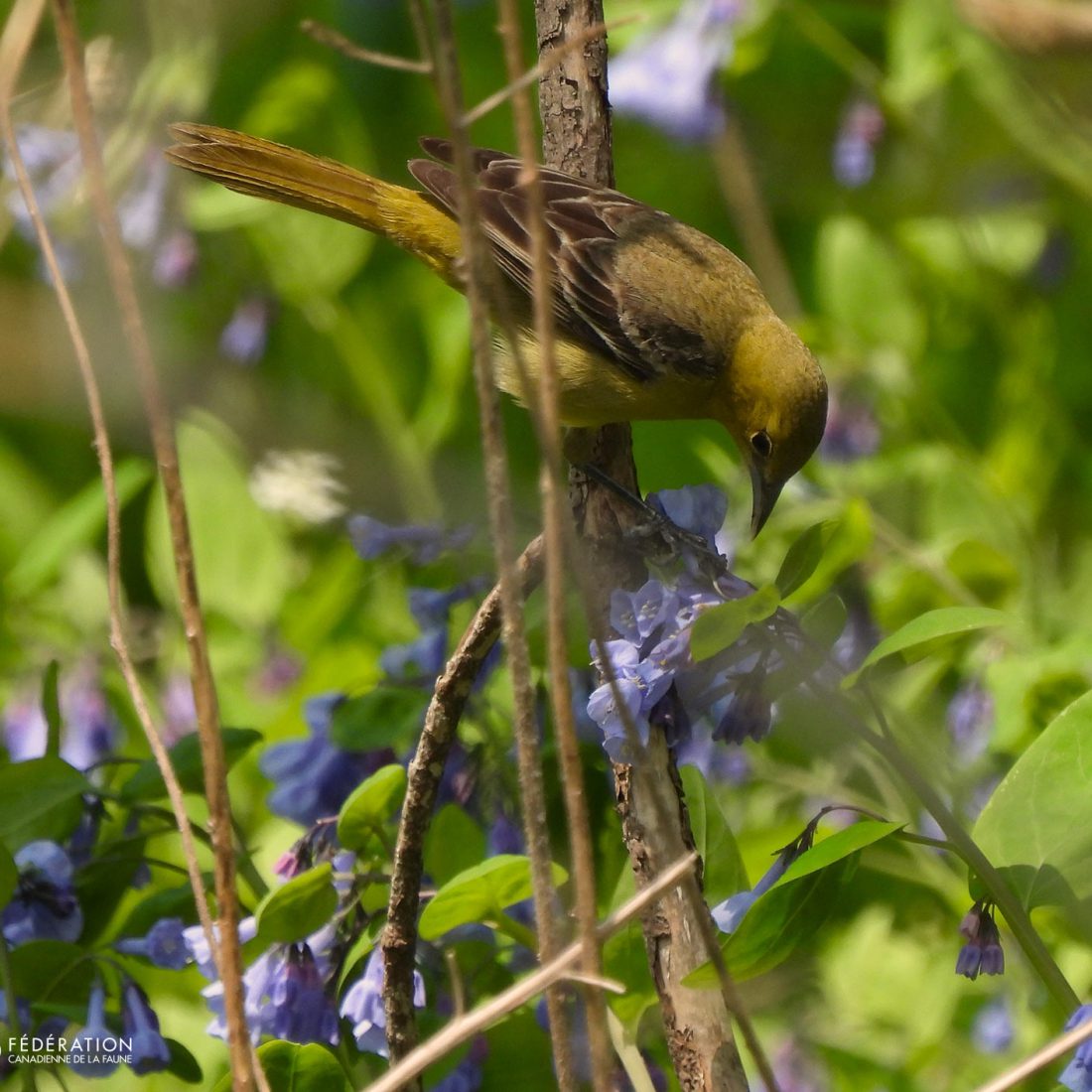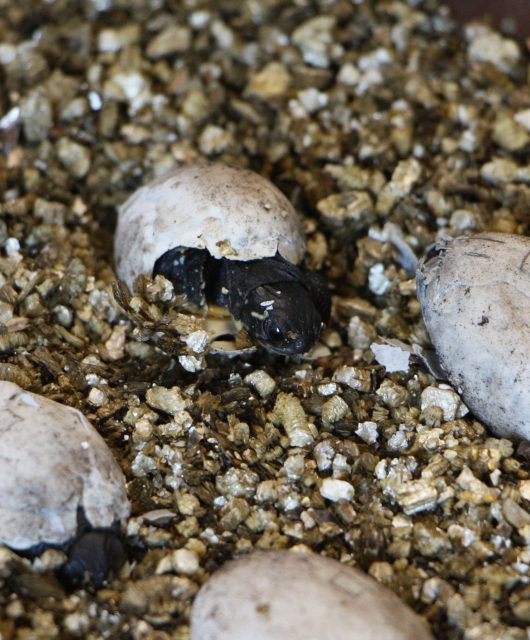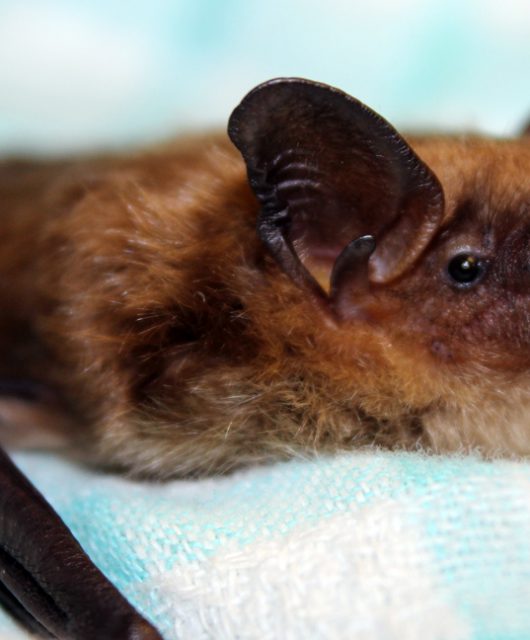The Long Point Basin on Lake Erie’s north shore is one of Canada’s most biologically diverse regions.
Nestled in the heart of the Carolinian Ecozone, this region is comprised of a large sand plain and ancient forested sand dunes. It is home to many unique plants and wildlife.
Early summer is a great time to see these unique wildflowers bloom along conservation area trails. Get a behind-the-scenes look at the flowers in this region with expert botanist Stefan Weber and learn about their characteristics and which wildlife species are drawn to them.
#1: Blue Sundial Lupine
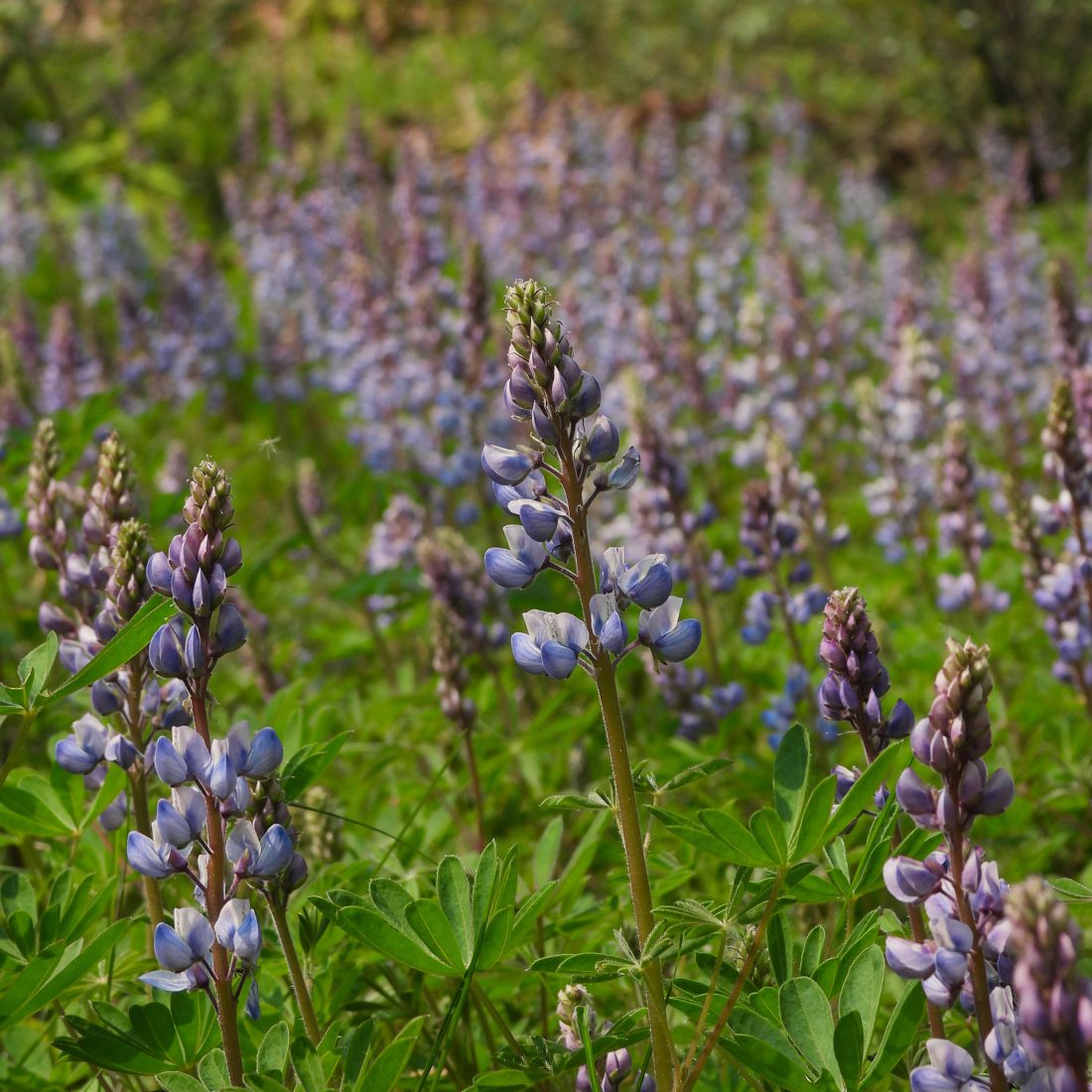
Blue Sundial Lupine is a local restoration success story! Seeds of this species have been saved, scaled up and restored from local remnant populations. A sand specialist, this species requires specific bacteria in the soil to establish and bloom. Often sought after by gardeners, this species is best enjoyed in its natural habitat of sandy prairies and savannahs.
#2: Flowering Dogwood
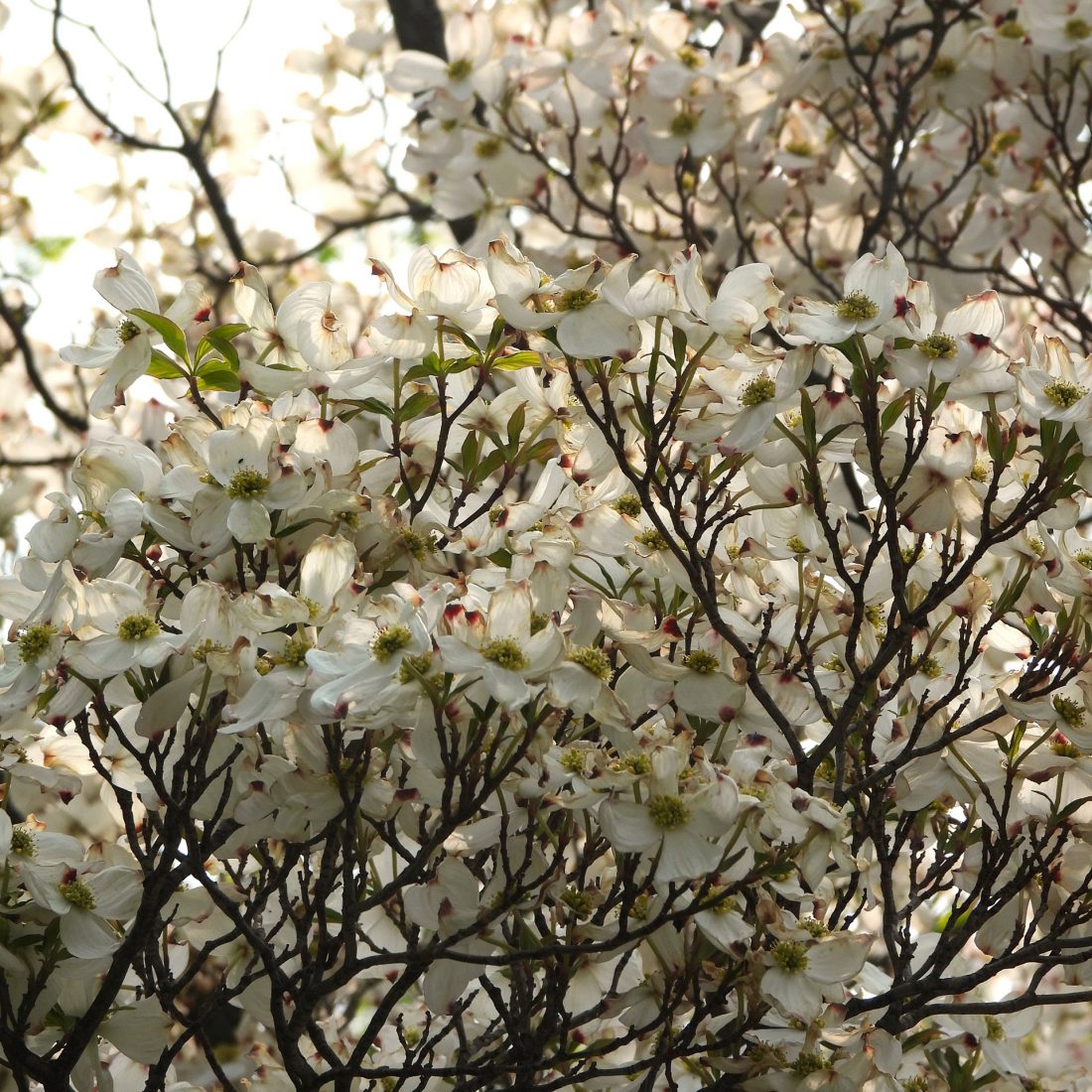
Flowering Dogwood is a Species at Risk in Ontario. This small tree has large emblematic flowers, which are actually modified leaves! Flowering Dogwood grows in a variety of well-drained conditions and can make a good garden specimen. However, it’s best to source plants from a local nursery, to avoid spreading the disease that affects them.
#3: Hoary Puccoon
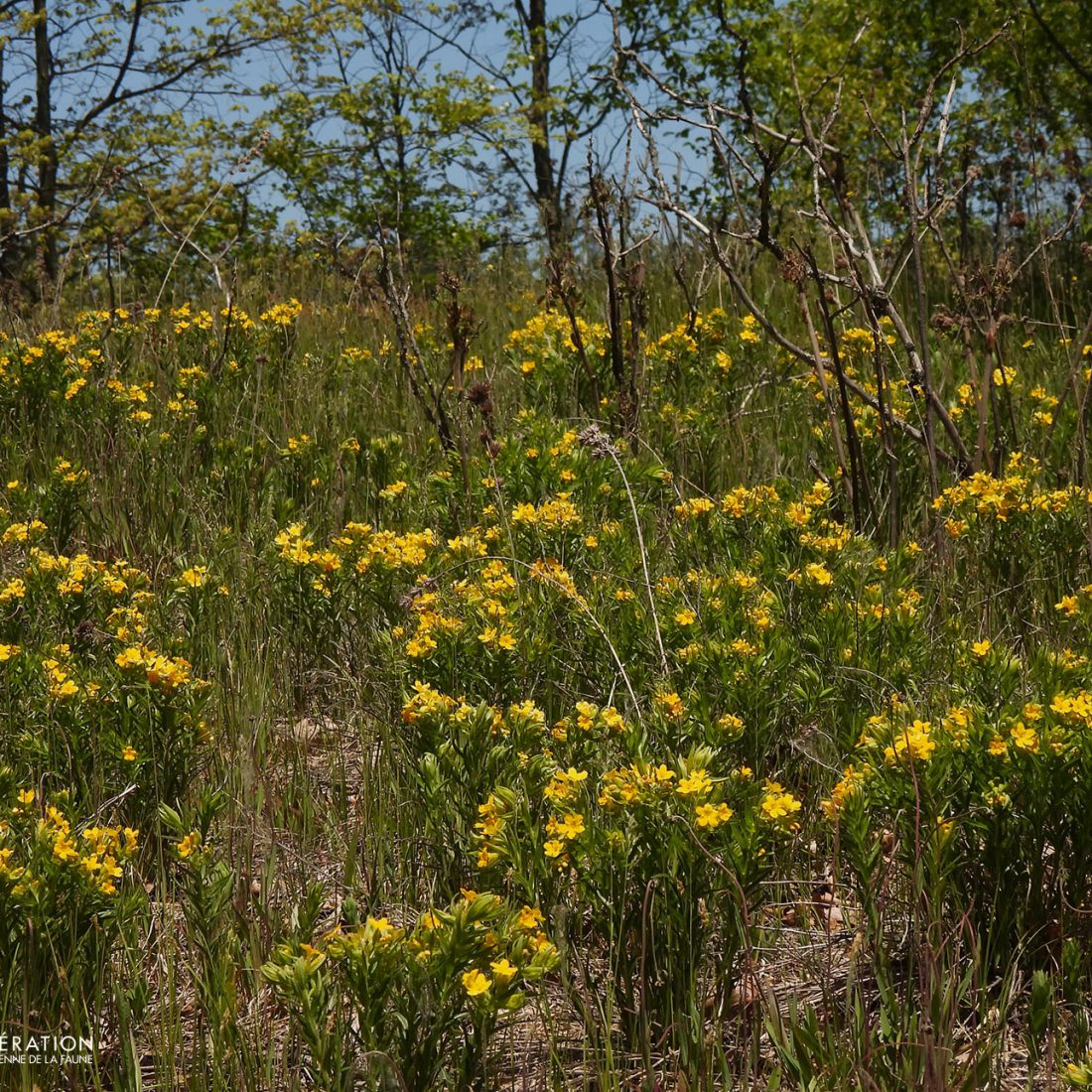
Hoary Puccoon is a plant that has large golden flowers, which is unique for a spring blooming species in this region. It is a magnet for swallowtail butterflies and bumble bees. However, like the Sundial Lupine, this plant is a sand specialist and will not thrive in most garden settings. It is also a hemi-parasite (partial-parasite) of other native plants- an adaptation to living in nutrient poor sandy dunes.
#4: Blue Wood Phlox

Blue Wood Phlox is a great plant for shady gardens, this species is pollinated primarily by day-flying moths and butterflies. The blue petals form a narrow tube concealing nectar that only the long tongue of a moth can reach. Though this plant is not rare, it can be slow growing, difficult to transplant and difficult to propagate from seed.
#5: Carolina Wood Vetch

Carolina Wood Vetch has only one population of this species in the Long Point sand plain, perched at the top of a forested roadside dune. Though in previous years up to 25 individuals have been seen flowering, this year only five plants flowered, likely due to drought. Related to the weedy Eurasian vetches, this delicate climbing legume grows in dappled shade on acidic sandy soil (very specific growing conditions) and is difficult to propagate in a nursery setting, though the seeds are easy to store and germinate. This plant is pollinated by Duskywing butterflies and solitary bees.
#6: Virginia Bluebells
Virginia Bluebells are a smaller part of the Long Point basin in heavy clay soil, which hosts a completely different community of spring wildflowers. Along slow-moving creeks Bluebells carpet the floodplain. Though they are pollinated by bees, this population is visited by Orchard Orioles every year, who drink their nectar by hanging upside down from nearby shrubs.

